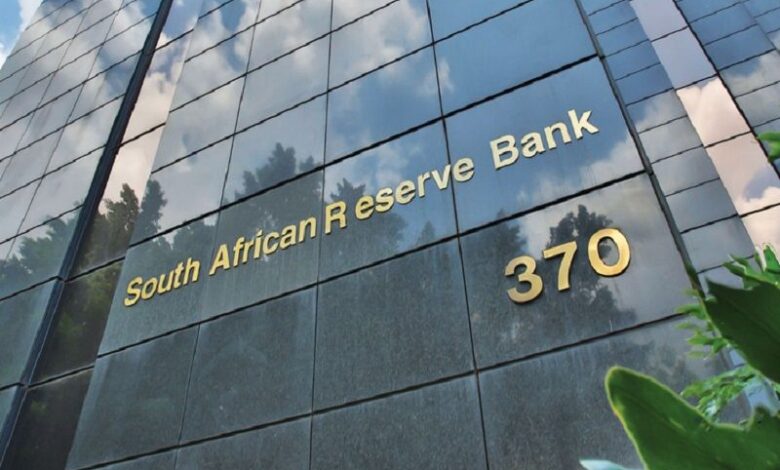South African Reserve Bank Cuts Repo Rate to 7.75%

The South African Reserve Bank (SARB) has announced a 25 basis point cut to the repo rate, bringing it to 7.75%. Consequently, the prime lending rate drops to 11.25%.
This decision, unanimously agreed upon by the Monetary Policy Committee (MPC), aligns with market expectations, though some had hoped for a more significant cut.
Inflation and Economic Context
The rate cut follows a notable decline in South Africa’s inflation rate. Stats SA reported a Consumer Price Index (CPI) of 2.8% for October, falling below the SARB’s target range of 3%-6%.
Despite this easing of inflation, the MPC opted for a cautious approach due to global economic uncertainties.
SARB Governor Lesetja Kganyago highlighted the following:
- Inflation Outlook: Headline inflation is expected to stabilize near the midpoint of SARB’s target range, but inflation expectations for 2025 were revised slightly higher to 4.6%, factoring in electricity price hikes.
- Growth Projections: Near-term growth may fall short of projections, but structural reforms in electricity and transport could boost growth prospects from next year.
Future Rate Adjustments
Governor Kganyago noted that while further rate cuts are possible, the global economic environment requires cautious policymaking. Key considerations include:
- The potential for higher global interest rates.
- Risks tied to the recent depreciation of the rand and fluctuating oil prices.
- Scenarios where inflation could rise due to external factors like a weaker rand or geopolitical tensions.
Despite these uncertainties, the SARB expects rates to stabilize slightly above 7%, leaving room for an additional 50 basis points of cuts in the future.
Sustaining Domestic Reforms
Kganyago emphasized the importance of domestic reforms to strengthen South Africa’s economy:
- Prudent debt management: Addressing public debt levels to enhance fiscal stability.
- Strengthening network industries: Improving efficiency in electricity and transport sectors.
- Managing administered prices: Controlling price hikes for utilities and services.
- Productivity-aligned wages: Keeping wage growth in line with productivity to maintain competitiveness.
The SARB’s cautious rate cut reflects a balanced approach to addressing domestic inflation and economic challenges while navigating global risks.
View this post on Instagram
Future monetary policy will remain data-driven, aiming to sustain stability and promote long-term economic growth. – Source









